Planting, cultivation technology and care for peppers in the open field
Growing bell peppers outdoors is possible not only in regions with a warm climate. Therefore, in the garden of many vegetable growers, you can find beds with this cultivated plant. In order for each bush to have a strong stem and strong roots, and the fruits begin to form in a timely manner, it is necessary to plant ready-made seedlings grown at home.
Preparing a solid base
How to plant peppers in open ground, seedlings or seeds is everyone's choice. But it is more likely to get a good result in the first case. Seeds sprout independently at home in compliance with several rules.
Outdoor cultivation of sweet peppers begins three months after sowing the seeds. Therefore, you need to plant the grains in early February. For the rapid emergence of healthy sprouts, the seeds must undergo various manipulations.
For sweet peppers, care begins with the seeds. The preparatory stage in the technology of growing pepper in the open field is based on seed treatment. To remove fungal and bacterial infections from the seed shell, a disinfection procedure is carried out. A weak solution of potassium permanganate is useful.
It is enough to add 1 g of the substance to the water; the solution should be of a faint pink hue. The holding time of the grains in such a solution should be about 25 minutes.
After disinfection, it is recommended to carry out care by hardening the seeds. How to carry out the procedure correctly? For this purpose, the seeds are alternately placed in a cold and warm place for three days. Hardening will allow the bushes to withstand adverse weather conditions in the future.
In order for the seedlings to grow faster, and in the future to enjoy a high-quality harvest, it is recommended not to skip the soaking procedure. For this purpose, you can buy special preparations or make yourself from natural ingredients. You can use a recipe based on wood ash or aloe juice. Aloe juice will further increase your resistance to various diseases. A tissue bag with pepper seeds is placed in the juice of two fleshy leaves.
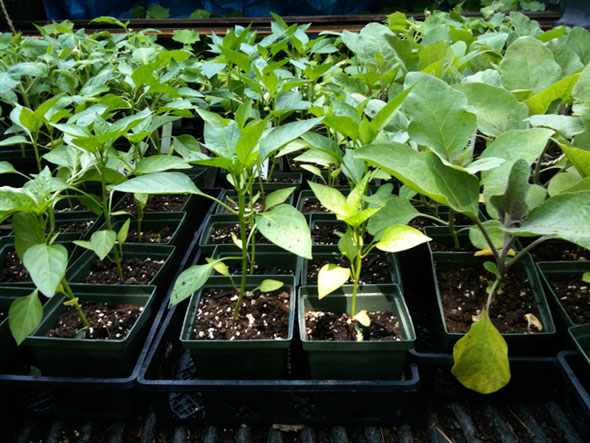
Planting seeds
Growing peppers is faster if the seeds are wrapped in a damp cloth and stored in a warm place. After two days, the seeds can already be sown in a prepared container with soil. The distance between the holes should be at least 1.5 cm. Place one seed in each hole. The container is covered with polyethylene film or glass. As soon as most of the seedlings appear, the seedlings are opened.
The ground for peppers should be light. You can mix black soil, humus and sand yourself. Charcoal is helpful.The soil with seedlings is watered with water, which has settled for at least a day.
Seedlings should be protected from drafts and provide adequate access to light. Be sure to apply mineral or organic fertilizers. The first time the seedlings are fed as soon as the first leaves bloom. The last feeding is carried out two weeks before transplanting in an open area.
Peppers are very difficult to tolerate a transplant, so many experienced gardeners omit the stage associated with a pick (pinching of long roots). But if the planting of pepper seedlings is accompanied by a correct and careful pick, then the root system will be branched and strong. In one of the experiments, a positive result of this procedure was described: “I have been growing peppers for several years. The picking procedure increases the strength of each bush many times over and allows the seedlings to adapt more quickly to a new place. "
If it is decided to plant peppers with seeds in open ground, then sowing begins three weeks earlier than seedlings. It is recommended to put 4-5 grains in holes about 4 cm deep. The method of heap arrangement of seeds facilitates the process of seedling development. More attention should be paid to sowing with seeds.
Features of landing under the open sky
There are many secrets on how to grow a good harvest of peppers outdoors.
How to plant sweet peppers in open ground with seedlings? Before planting pepper seedlings in open ground, you need to find a place and prepare the beds. Planting bell peppers should be carried out in a place where there will be no piercing wind. In the fall, a suitable piece of land is dug up and fertilized. Planting peppers and care in the open field is not complete without replenishment from potash and phosphorus substances.
Also, sweet peppers in the open field do not tolerate too hot air and direct sunlight. You need to take care of shading the beds in hot weather.

In the spring, it is necessary to loosen the earth again, with the introduction of ammonium nitrate. The planting pattern for pepper can be varied, but the variety is always taken into account. At what distance from each other is the planting of seedlings in the ground recommended? The holes are dug at a distance of 35 cm.The distance between the rows should be approximately 45 cm.If two pieces are planted in the hole, then the distance should be increased to 60 cm.
Known and often used square-nesting method of planting. The hole should have equal sides, at least 60 cm. You can plant two bushes in each groove in each depression. How to plant a plant if three pieces are placed in the nest? In this case, the dimensions of the sides should be 70 cm.More about this method of planting a plant can be seen in the video.
Planting pepper in the ground occurs at the end of spring. If the weather has not settled, the planting of pepper is postponed to the beginning of June. It is better to plant peppers in the ground in the evening or on cloudy days.
Seedlings are thoroughly watered and carefully removed one by one from the container along with an earthen lump that has enveloped the roots. What fertilizers should be applied when planting peppers? When planting, it is useful to add a composition with humus and nitrophosphate to the hole. The plant is placed to a depth of the first pair of leaves.
Immediately after disembarkation, it is recommended to install pegs to which the bushes will be tied in the future. It should be tied up after hilling and mulching. Such care will not allow the delicate leaves to break and the stem to bend.
Useful layer
Mulching the pepper is a valuable care step. The cultivation features are in covering the soil with an organic or inorganic layer, which is called mulch. Mulching the soil is necessary to reduce weeds, retain moisture, and protect from heat and cold. The soil that is covered with mulch spreads beneficial flora and becomes fertile.
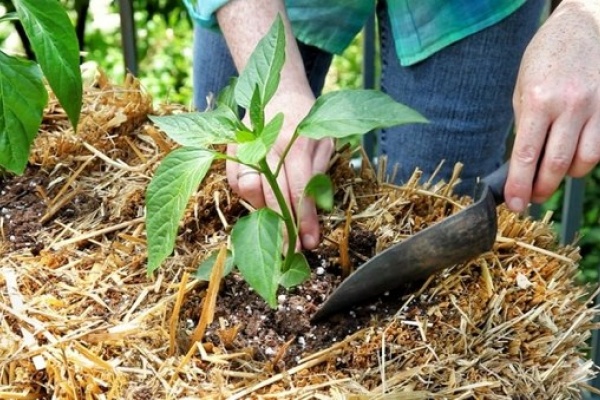
You can mulch the area where the pepper will be planted with the following substances.
- The organic layer of straw is able to quickly cool the ground, reduce the number of weeds, and allow you to get a good harvest. The depth of the mulch layer is at least 10 cm.
- Humus and compost are useful and nutritious mulch for growing sweet peppers. They contain beneficial microorganisms that fight pathogens. The pepper grows better, the fruits ripen faster and become juicy.
- Mulch the ground with chopped grass. Any herb can be used. Planting sweet peppers in such a place will only benefit. The layer retains moisture well, contributes to the rapid development of the plant and the formation of fruits. The thickness of the mulch must be at least 30 cm.
- You can plant seedlings using inorganic mulch. This includes black film. The soil under the black film retains moisture well and protects against weeds. Many experienced vegetable growers plant peppers just under the film, since the need for constant watering and weeding of the beds is lost.
On the Internet you can find detailed information about each type of mulch, as well as watch a video.
Apart from the benefits, mulching can lead to problems. This most often occurs when a thick layer of mulch is installed. Stagnant soil moisture can lead to root rot. You should periodically change the old layer to a new one.
To avoid mistakes, each type of mulch should be laid with the thickness recommended by agronomists. The layer is laid on well-heated, dry ground. The old layer of mulch should be removed every spring.
Caring attitude
The first days after the transplant, the growth of pepper slows down, the leaves are lethargic and lowered. Within a few days, when the bushes take root, a strong stem will begin to develop. Outdoor pepper care is accompanied by regular watering, soil fertilization, and weed control.
Growing and leaving peppers in the open field should be accompanied by proper, regular watering. The first watering is carried out at the time of planting, and then after 5 days. If the weather does not spoil with rains, then watering until the first fruits appear, it is recommended every week. During rapid fruiting, watering is reduced. As soon as the first crop is harvested and new flowers appear on the plants, the previous watering regime is resumed.
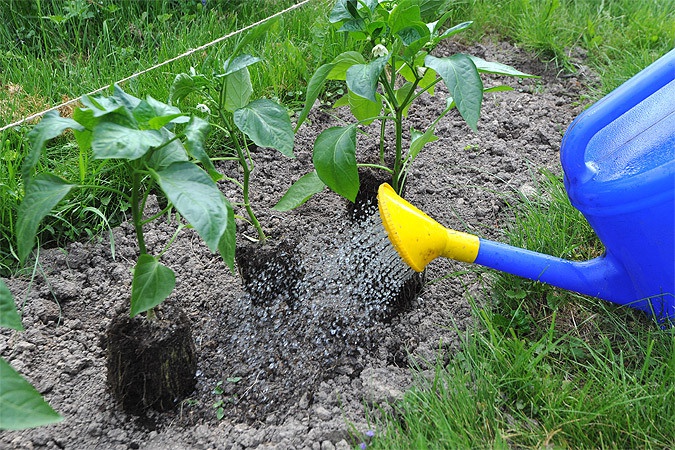
As soon as the height of the plant reaches 35 cm, pinch the top. Thanks to this, new side branches will go. In order for the flowering to be abundant and to form many ovaries, remove the flower that is in the center.
Throughout the time when the bell pepper grows, you need to pluck off excess leaves and twigs. This allows better access of sunlight and air to the stem.
Pepper loves soft, well-loosened soil. Therefore, a hard crust should not be allowed. During loosening, the soil is enriched with oxygen, the plant grows faster, and the activity of beneficial bacteria improves. At the same time, weed control is being carried out. The first loosening should be carried out no deeper than 6 cm. In the future, it is useful to loosen the soil after each watering or rain.
Since peppers are thermophilic plants, they can hardly endure adverse weather surprises. You can protect peppers from frost as follows. Shelters are built from cardboard, warm cloth over the beds. If cold nights last for a long time, it is better to cover with plastic.
Additional nutritional components
Bulgarian pepper cultivation is not complete without the introduction of nutrients. The frequency of fertilization should be once every 12-14 days. Fertilize the plant at least three times. Peppers need nourishment especially acutely during flowering and fruit formation.
The first feeding with nutrients occurs 14 days after disembarkation. During this time, the peppers take root and get used to the new place. The best formulations at this stage are those containing mullein. Water is added to the manure in a ratio of 1: 5, insisted and before watering, stir with water 1: 2.
When flowers appear, you can use the following recipe based on herbal infusion and mullein. Nettle, plantain and dandelion leaves are poured with water, mullein is added and infused for a week. Add the prepared solution to the root of each bush. Watering can be repeated every 2 weeks. The nutrients obtained in the course of this top dressing contribute to the activation of growth and better fruit formation.
To attract insects that pollinate during the flowering period, you can use a solution with sugar. Sugar and boric acid are dissolved in water. The resulting composition is sprayed with bushes. As a result, ovaries form faster.

During the formation of fruits, you can take care of it with fertilizer based on chicken manure and nitroammophoska. The components are mixed and left to infuse for the whole week. Fertilizer is transferred to the garden bed between the rows.
Bell peppers can be tended with nettle infusion. An infusion of nettle alone stimulates the growth and development of pepper. Young nettle is best suited for infusion. It contains magnesium, iron, potassium and other essential micronutrients. The stems are crushed and soaked in a barrel of water, covered with a lid for two days. Before feeding, the solution is diluted with water in a ratio of 1:10.
Before applying organic or mineral fertilizing, the beds should be watered with plain water. Such care will evenly distribute nutrients and avoid scalding the root system.
Agrotechnology of growing pepper does not allow the use of fresh manure as fertilizer. Manure contains a lot of nitrogen, so the risk of an excess of this element increases. The stem and leaves begin to gain mass and strength, and fruiting stops.
Problems arising
If it was noticed that the leaves change shape, color, the stems look lethargic or other signs have appeared, often the reason is a lack of mineral components:
- with a lack of potassium, the leaves curl, and their tips dry and turn yellow;
- it is time to apply nitrogen fertilizers when the leaves have lost their rich green color and turned gray;
- if the leaves are pressed against the stem and have acquired a bluish tint, then there is not enough phosphorus;
- white spots indicate magnesium deficiency;
- leaves and ovaries fall off with an excess of nitrogen.
For growing sweet peppers, you need to create conditions. With improper care, he is exposed to the development of various diseases. The most common disease is blackleg, which develops in too moist soil. You can notice the problem by the dark bloom of the stem that runs near the ground. If you do not take action, then all the roots succumb to rotting and the plant dies.

To reduce the risk of developing a black leg, seeds are planted only in treated soil, only strong, healthy seedlings are transplanted into open ground. The distance between the bushes must be large, this will reduce the rate of spread of the disease. In addition, closely planted bushes will poorly transmit air and light.
Phytophthora is a fungal infection that affects the green part of the plant. You can tell by the appearance of brown spots on the stem and leaves. To avoid this disease, care must begin with seeds. Before planting, they are soaked in potassium permanganate, foliar spraying of seedlings in open ground with protective solutions is carried out. You should also avoid the neighborhood of peppers with tomatoes and potatoes.
Another common fungal disease is white rot.The lower part of the stem is covered with a whitish bloom, while the inner part of the stem turns black. As a result, the stem loses its strength and the plant dies. To avoid the problem, pepper seedlings are transplanted into the ground well warmed up by the sun. Do not forget to remove sluggish leaves in time and water the bushes only with warm water. At an early stage of the onset of the disease, you can try to get rid of it with a solution with wood ash.
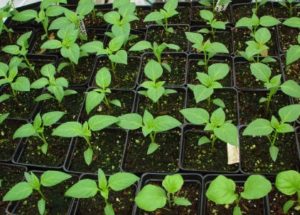

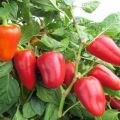
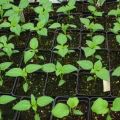

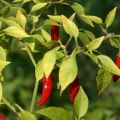

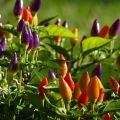
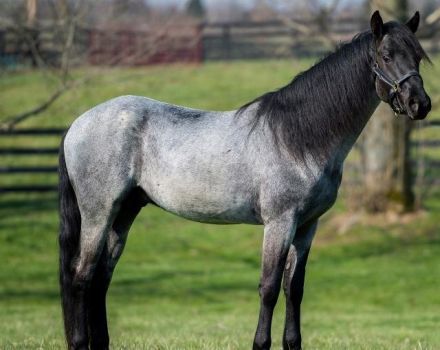
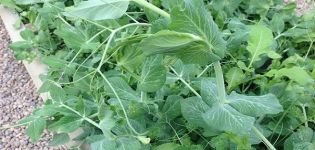
Last year I completed all the pepper care items and also used BioGrow, plant growth bioactivator. I think if not he would not have harvested, since last summer was very cold. This season I will also use it again so as not to risk it.